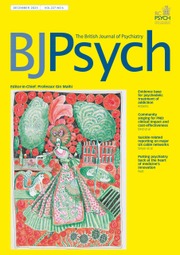
Portrait of W.N.; aged 6 (artist unknown, c. 1840)
This is Plate LXXXIII of Sir Alexander Morison's 1840 book The Physiognomy of Mental Diseases. The picture is a sensitively drawn portrait of a child. The text reads:
‘This boy has been idiotic since birth; his mother says that he became more so at three years of age, after measles and whooping cough. His head appears to be well formed; he sees, hears, smells, tastes, and feels, and he can repeat a few words such as – mother and poor boy; he is attentive to the calls of nature, sleeps well and seldom wets his bed... he sometimes makes attempts to imitate others singing; he appears to have affection for his father and mother, and is fond of looking at his father at work as a tailor, claps his hands when he sees the needle move, and tries to imitate the operation of sewing.’
If the picture did not appear in a textbook on mental diseases, there would be no clue that there was anything wrong with the child. This observation could be applied to most of the portraits in Morison's book – the relation between a patient's physiognomy and the underlying mental condition was by no means obvious. For a time, though, Morison's book was influential in psychiatric circles in Britain and Europe. Later in the century, clinicians would become interested in photography and, once again, commission portraits of individual asylum inmates.
With thanks to Iain Milne, Head of Library and Information Services, John Dallas, Rare Books Librarian, and staff at the Royal College of Physicians, Edinburgh.



eLetters
No eLetters have been published for this article.